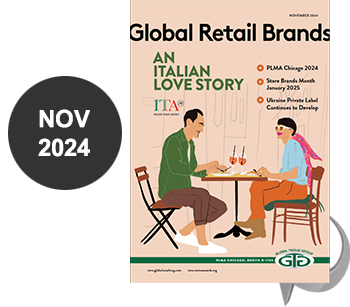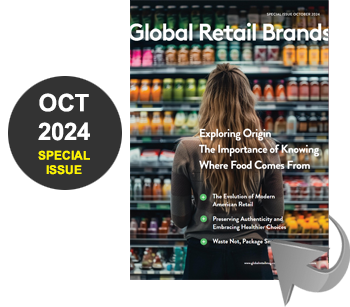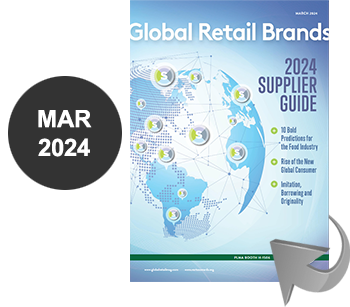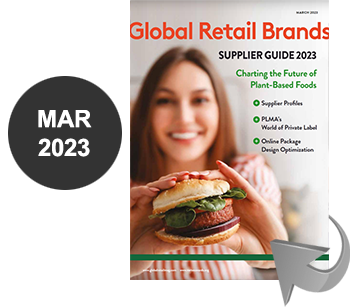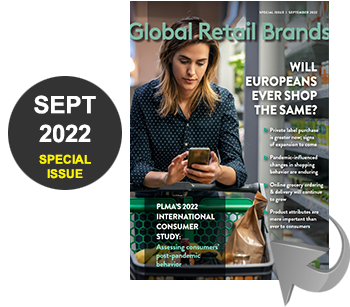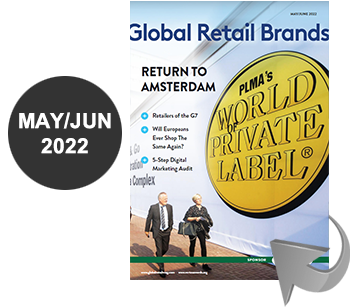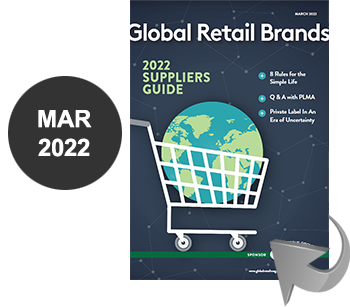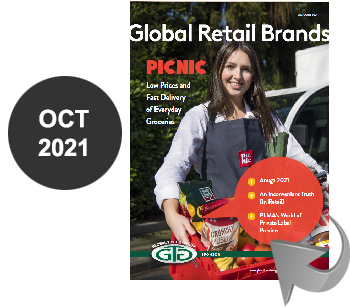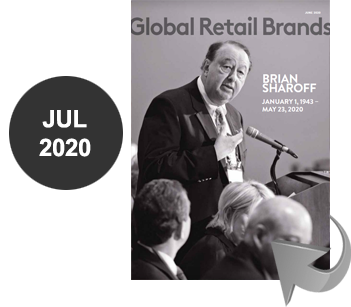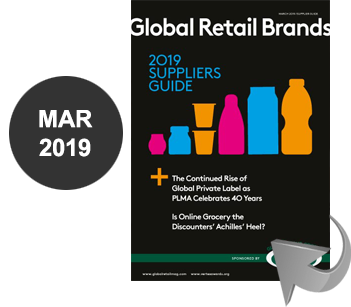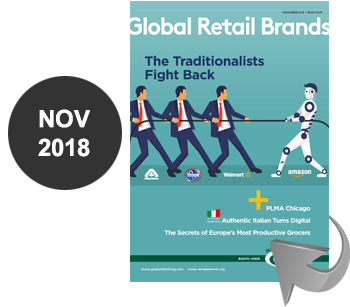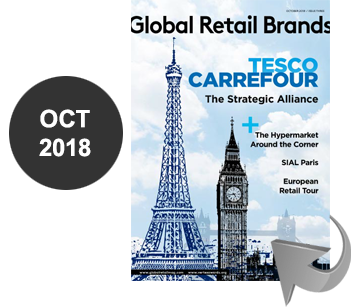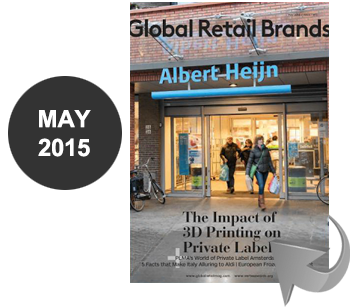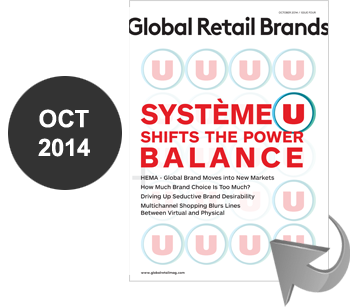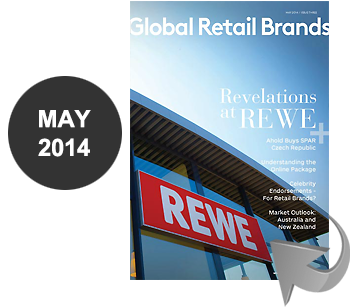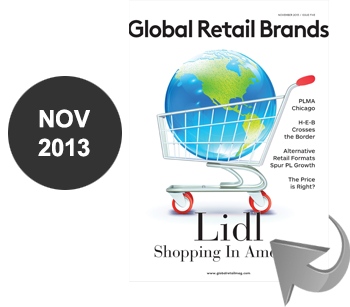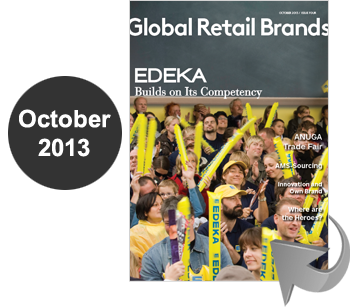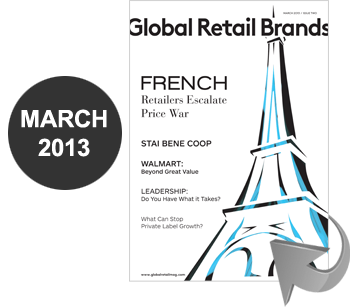
By David Merrefield
Not long ago, Tesco, the largest conventional supermarket chain in the U.K. and a major in-ternational retailer, startled the industry by declaring that its reported profits for the past two years were wildly overstated and bogus.
To what degree were profits puffed? Tesco confessed that reported profits for the past two years had been bloated to the extent of £263 million [about US$430 million at the time], with some £118 million of that occurring in the preceding 18 months or so. It’s difficult to gauge exactly what £263 million means for Tesco, but it’s possible that it could represent up to 80 percent of its operating EBITDA.
The profit-overstatement disclosure came on top of an earlier-reported 41 percent profit decline for the first half of last year. Clearly, the edifice was crumbling at an accelerating rate.
Tesco didn’t immediately provide explanation of what could have been at the root of the accounting contretemps, but said that an investigation would ensue. However, the nature of the problem was immediately obvious: Vendor allowances were the villain. True enough: Tesco later issued a state-ment that the problem was “accelerated recognition of commercial income [vendor allowances].”

This is serious stuff. The U.K.’s Serious Fraud Office has undertaken a criminal investigation of Tesco’s overblown profitability. Other investigations are likely. Moreover, Board Chairman Sir Richard Broadbent resigned. His successor is to be John Allan, an executive with an extensive portfolio of experience, including retail, logistics and most recently housebuilding. Beyond that, roughly a dozen other topside executives resigned, including the CEO and CFO.
Beyond that, in a bid to preserve capital, Tesco is expected to leave its long-time headquarters in Cheshunt and move to a “campus” in Welwyn Garden City, where it already has a presence. This may be accompanied by some 2,000 layoffs. Tesco also intends to reduce its 90,000 storekeeping units in a typical store by 30,000. Numerous stores will be shuttered. All these developments are directly related to vendor allowances, as we’ll see.
To that end, let’s take a look at vendor allowances to see how they become fertile ground for cooking the books and see how Retail Brands figure into the situation. We’ll also see why vendor allowances are of far greater To that end, let’s take a look at vendor allowances to see how they become fertile ground for cooking the books and see how Retail Brands figure into the situation. We’ll also see why vendor allowances are of far greate
Vendor allowances exist in a netherworld, and aren’t mentioned in polite company, so it’s necessary to do some conjecturing about how they came about and the forms they take.
Many observers think the contagion originated in the U.S. and spread from there. In the U.S., they most likely were a response to wage and price controls imposed by U.S. President Richard Nixon in the 1970s. Manufacturers, hearing that such controls were in the offing, instituted steep price increases. At the same time, though, they told their retail customers not to worry because newly instituted allowances would wash out the effect of price increases. Manufacturers hoped to wean retailers off allowances in due course, leaving the price increases intact. That didn’t happen.
Vendor allowances started as rebates or “street money” paid to retailers to offset their cost of promoting products. In time, the allowances mutated to many other forms, more often than not under growing pressure from retailers. Examples include “deals” (short-term price reductions offered to retailers), slotting fees(monies paid retailers to “slot” products in their warehouses or stores), off-invoice deductions (unilateral retail markdowns of vendors’ invoices) returns (markdowns for goods retailers deem to be unsalable) and incentive rebates (monies paid by vendors to retailers to achieve sales goals).
All of these practices are rife with opportunities for retailers to wrest undue funds from vendors, or for vendors to curry favor with retailers. They also engender inefficiencies that boost price points for consumers.
In the U.S., vendor allowances are often referred to as a “drug,” in the sense that allowances are seen as integral to retail profitability, but that their contribution cannot reasonably be continued indefinitely. Nevertheless, at many supermarket companies, allowances constitute the entirety of profit and without them they they would go out of business.
Although all allowances are insidious, perhaps none are so pregnant with opportunity for misapplication as are incentive rebates. Those rebates are paid to retailers who agree to sell some amount of product in excess of what was sold during a prior period, say the preceding year. Retailers are left to their own devices to produce sales results. Generally, allowances are paid on a quarterly basis as sales goals are achieved.
But, suppose a retailer is under profit duress and needs a way to make reported results for a quarter to look better than they are. The temptation grows to recognize upcoming quarterly vendor payments immediately, possibly while pushing some costs to out quarters. Like a gambler on a losing streak, a thin hope remains that one more roll of the dice will make everything come out right in the end
Indeed, Tesco fits the bill of a company under financial duress because of changing consumer dynamics and competitive pressure from deep discounters Aldi and Lidl. Moreover, Tesco is withdrawing from some costly foreign adventures, such as its ill-fated Fresh & Easy stores in the U.S.
In the U.S., one company failed outright because of misapplication of incentive rebates, that being grocery wholesaler Fleming Cos. Several years ago, Fleming not only pre-booked vendor proceeds, but demanded from vendor representatives “side letters” stipulating that allowances would be paid even if sales performance fell short; prevailing contracts specified performance.
When the vendors’ headquarters discovered and halted the fraud, Fleming collapsed and went out of business almost overnight.
Similarly Ahold’s operations in the U.S. nearly came to ruin because of allowance pre-booking. Ahold, based in the The Netherlands, operated a number of supermarket chains in the U.S. at the time, alongside an institutional foodservice company. Misapplication of allowances was particularly widespread at the foodservice operation.
The question often arrises about why vendor allowances have persisted for so long if they produce such a pernicious effect on the parties involved, and on consumers. The answer is that as is true of most dysfunctional systems, the players see good reasons to turn a blind eye to the downside. Retailers perceive that if they are better than their competitors at wringing money from vendors, they achieve a competitive advantage. It has been proposed that if supermarkets were required to disclose what proportion of profitability comes from allowances, the practice would fade. In reality that would exacerbate the problem by showing the laggers that there’s more money to be milked from manufacturers.
Manufacturers tolerate allowances because, inter alia, they are able to use deals to power “trade loading,” that is, to quickly move product from their own depots to retailers’, which makes their short -term sales figures look better than they really are. Bonuses hang on such slender threads.
Notwithstanding the durability of vendor allowances, there’s some small reason to hope that Tesco’s post-scandal actions will lead supermarkets out of the wilderness. One indicator is that Tesco is now awake to the fact that vendor allowances and price pressures poison trade relations between a retailer and its vendors. In a bid to ameliorate that, Tesco intends to establish an internet-based Tesco Supplier Network, the main function of which will be to allow its 5,000 vendors to air grievances if they think that have been ill treated by Tesco.
The way we can measure future progress in the movement against allowances is to take a look at two factors: The net number of SKUs a supermarket offers and the amount of private label product sold as compared to national brands.
SKU reductions, now being undertaken by Tesco, signal that a supermarket is weeding out products that were there only because they yielded an allowance, not because there was much consumer demand. Private label does something similar. In broad generalization, the greater the percentage of private label offered in a supermarket, the greater is the likelihood that the supermarket is in the business of selling product instead of buying product. That’s because private label offers few, if any, allowance opportunities.
Some stores, such as Marks & Spencer, Aldi and Lidl depend almost entirely on private label. Tesco offers more than 40 percent of all product under various private brands. Tesco lags some of its U.K. competitors in the own brand race, but is running well ahead of its counterparts in the U.S. In the U.S., Kroger is the largest and most successful supermarket chain. Its private label penetration is about 28 percent, well ahead of its U.S. peers. In the future, we may see an uptick in private label penetration at both Tesco and Kroger.
Another reason to hope that vendor allowances are on their way to the rubbish heap is that SKU attenuation, such as that by Tesco, allows a supermarket to align itself with changing consumer demands. Increasingly fewer consumers enjoy a trip to the city’s edge to stock up on consumables. Instead, shopping trips tend to be taken locally with a particular meal occasion or pantry shortage in mind. As urban dwelling gains more favor in the future, which seems likely, that phenomenon will only increase.
SKU reduction will position Tesco to reduce the size and number of supermarkets and to align them better with what consumers want. Price points can be reduced. Customers will return.
If all that transpires, the biggest remaining issue will center on what to do with all that real estate.??






